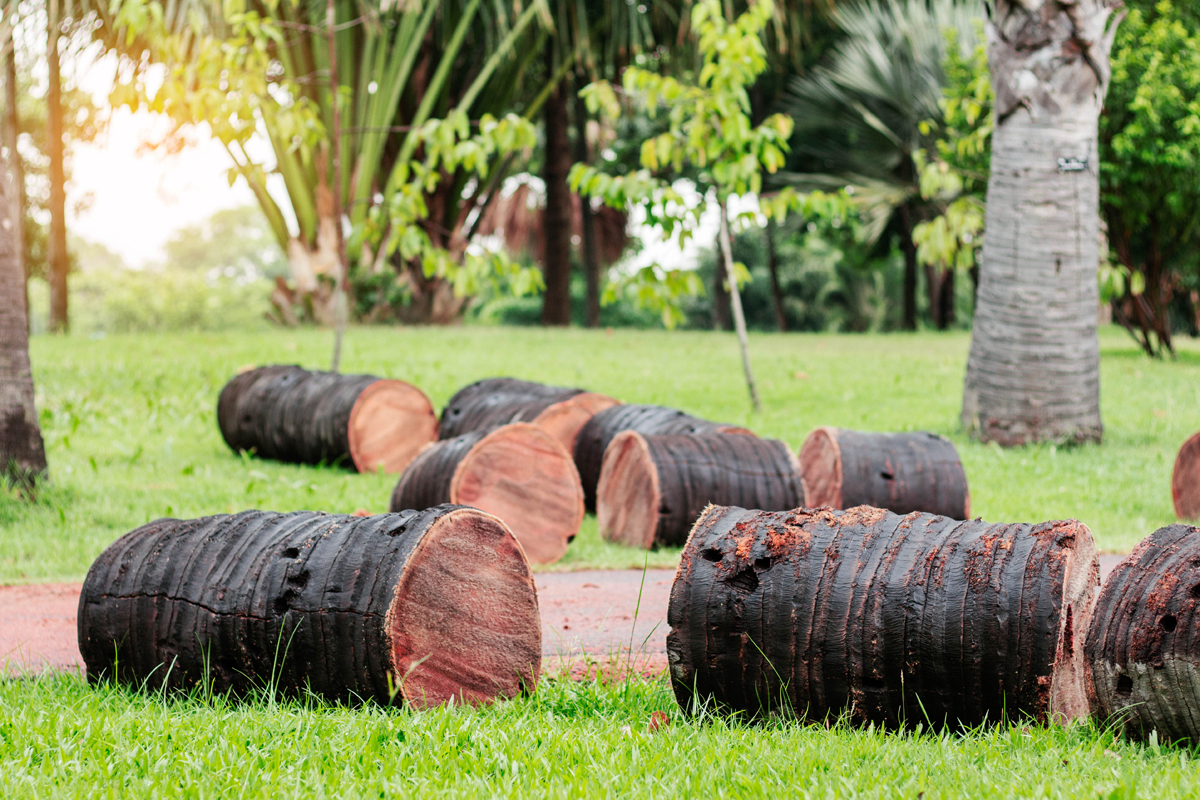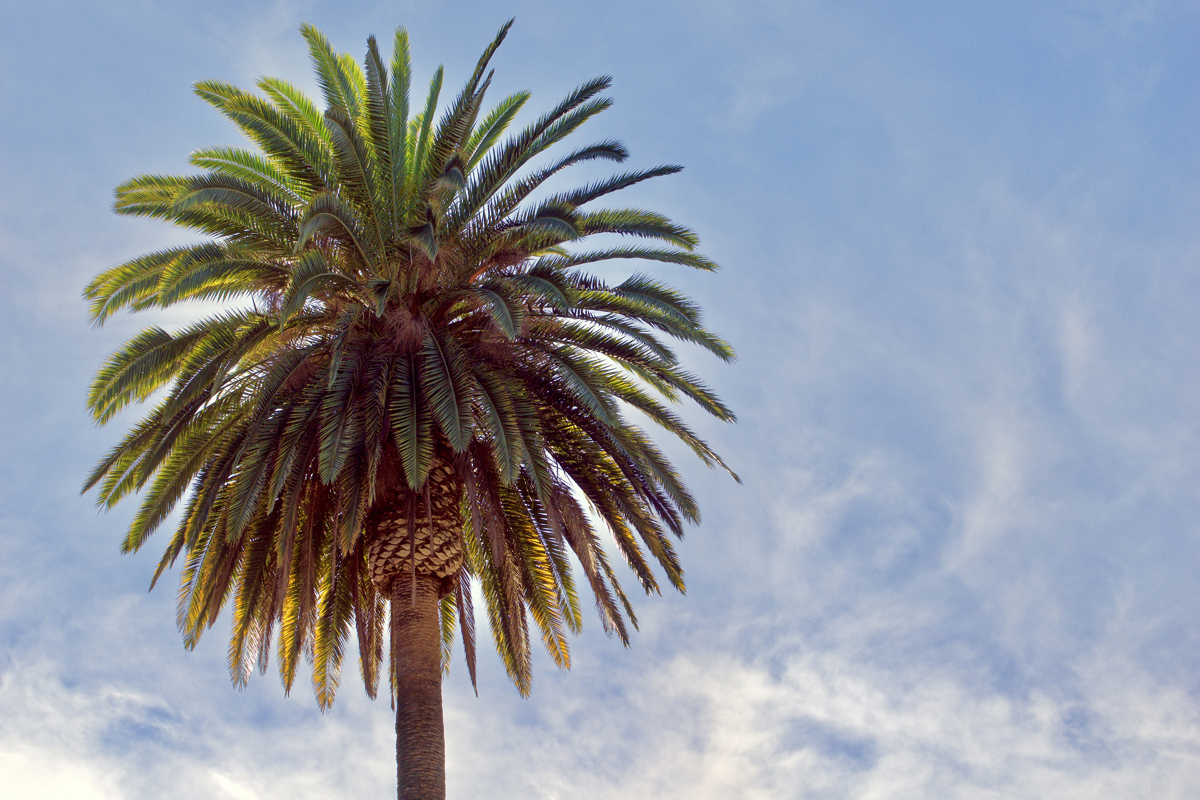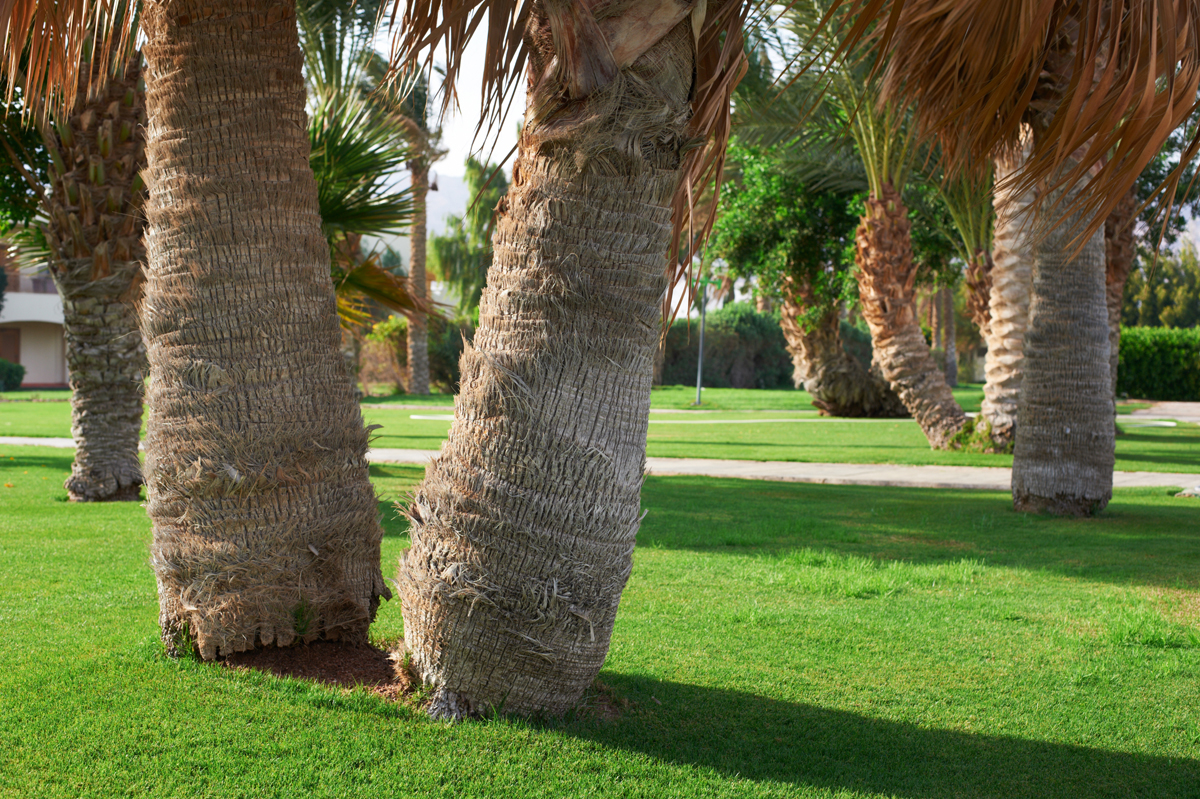Sago palm trees are well suited for the unique climate in Arizona. Below is a how-to guide for sago palm tree care.
Taking Care Of A Sago Palm Tree
Ash trees are often a great addition to your yard when it is already filled with sago palms. Featuring
large fronds, comparable in size to palms, these sago palms are cycads that are very closely related to conifers. Sago palms will grow in the 8, 9 and 10 zones of the USDA plant hardiness. Full mature sago palms can grow up to ten feet tall.
Planting A Sago Palm Tree
Where should you plant your sago palm tree? Well, these palms tend to grow the best in areas with a moderate amount of shade. If the plant receives an excess of sunlight, sunburnt foliage can occur. With partial shade, however, the leaves can grow larger. Sagos also need soil that drains well. Too much water, though, can cause issues with rot. The ideal
planting conditions are a partly sandy site with a mix of compost.
Watering A Sago Palm Tree
You only need to water this plant when the soil is dry. Younger sago palms do appreciate regular irrigation. Typically, watering the plants every 5-7 days when there is little to no rainfall is ideal. Well established sago palms are usually drought resistant and will require rare waterings.
Fertilizing A Sago Palm Tree
Fertilizing the plant once per year in the spring time should be enough to keep it healthy. For this process, use one tablespoon per square foot of a 10-10-10 recipe for fertilizer. Put the
fertilizer around the base of the palm, nearly 8-9 inches from the palm. Then water the fertilizer in. New foliage should appear as a healthy green color.
Sago Palm Tree Issues
These palms trees are extremely resistant to pests and diseases. Waterlogged soil resulting in root rot is one of the more common issues with sago palms. Properly watering the plant with a well draining soil should solve the issue, though. Sago palms can tolerate very low temperatures, but some foliage may die if the temperature drops below 25 degrees Fahrenheit.
Pruning A Sago Palm Tree
Pruning is really only needed as a decoration of
the sago palm. You can remove the cone from the palm carefully as long as the growing point beneath it remains undamaged. If left in place, the cone could fall off as new foliage begins to develop. If older foliage becomes tatty, cut it close to the trunk as soon as the new leaves unfold.
Treating A Sick Sago Palm Tree
The sago palm is sick when it starts yellowing. When nutritional deficiencies are present, feed the palm houseplant fertilizer every month. If the sago palm is
indoors, try hand picking them off or placing it outdoors, allowing natural predators to eliminate the yellowing.
Palm Tree Removal Scottsdale
Liberty Tree Experts offers
palm tree removal in Scottsdale, Arizona. If you are a homeowner in the Scottsdale area our team of trained, licensed, are insured tree cutting professionals that are knowledgable in palm tree removal. Each one of our technicians understands safe tree removal and cutting protocols and will get the job done quickly and safely. Call us at
480-481-1815 to schedule an appointment or for
more information.
 Palm trees belong to the evergreen family of trees, so whenever you start to notice brown or yellow fronds, this is a cause for concern. These trees can also become infested with bugs and die out over time.
If you are currently searching for "is my palm tree dead", this article is for you!
Palm trees belong to the evergreen family of trees, so whenever you start to notice brown or yellow fronds, this is a cause for concern. These trees can also become infested with bugs and die out over time.
If you are currently searching for "is my palm tree dead", this article is for you!





